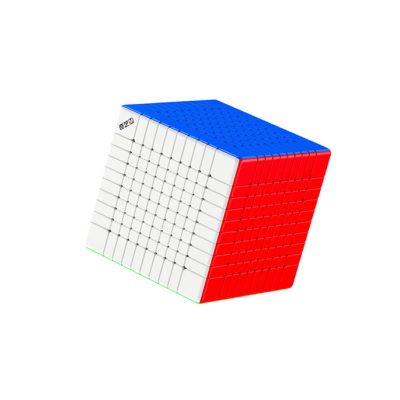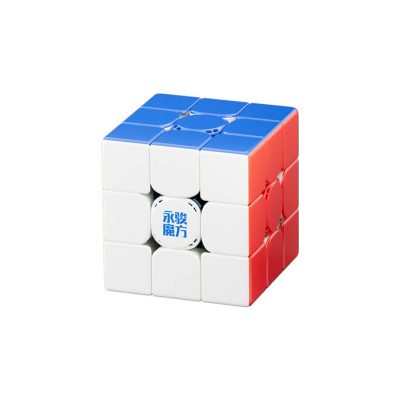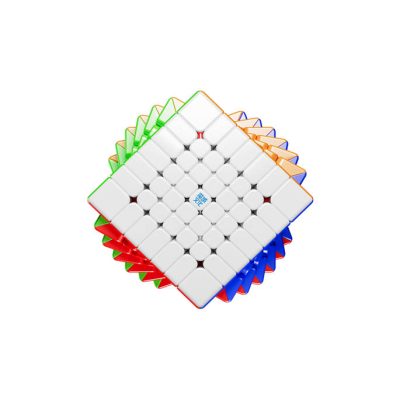-
 Dave Vinke
Dave Vinke
- Leestijd: 5 min
- Laatst geüpdatet: 13/10/2025
Wooden building kits are excellent educational toys that help children develop crucial skills such as spatial awareness, problem-solving abilities, and fine motor skills. The natural material provides a tactile experience that plastic alternatives cannot match, while the building process itself stimulates creativity and concentration. These educational benefits make a wooden building kit a valuable investment in children’s development.
What makes wooden building kits so educational for children?
Wooden building kits combine tactile experience with cognitive challenge in a way that sparks children’s natural curiosity. Wood as a material has a warm, natural texture that invites children to explore and experiment, while the building process itself activates complex thinking processes.
The educational power of wood as a material lies in its authentic properties. Children experience weight, texture, and resistance in a natural way, which promotes their sensory development. This differs significantly from smooth plastic components that provide less sensory information.
The building process stimulates multiple brain areas simultaneously. Children must process visual-spatial information, coordinate their movements, and solve problems when parts don’t fit as expected. This multisensory experience strengthens learning processes and memory formation.
Moreover, a wooden building kit often requires more precision than other toy types, helping children develop patience and perseverance. These qualities are essential for academic success and personal growth.
Which skills do children develop by playing with wooden building kits?
Children develop a wide range of skills through wooden building kits that help them in various aspects of their lives. Spatial awareness is central, as children must visualize three-dimensional structures and understand how components fit together.
Fine motor skills improve significantly when children handle small parts and make precise movements. This skill is crucial for writing ability and other academic tasks. Hand-eye coordination develops naturally during the building process.
Problem-solving ability grows when children figure out why certain parts don’t fit or how they can create a stable construction. They learn to think systematically and try different solutions until they succeed.
Concentration and focus improve because building projects require attention to detail and persistence to complete the project. Children learn to ignore distractions and concentrate on one task for extended periods.
Creativity flourishes when children go beyond the instructions and come up with their own variations. They experiment with different configurations and discover new possibilities within the constraints of the building kit.
How do wooden building kits differ from plastic or digital toys?
Wooden building kits offer a fundamentally different play experience than plastic or digital toys through their natural properties and tactile richness. The material has a unique warmth and texture that engages children on a deeper level than smooth plastic alternatives.
Durability is an important advantage of wood. While plastic components can break or wear out, wooden components retain their shape and functionality for years. This makes them suitable for use by multiple children and generations.
The tactile experience of wood stimulates sensory development in ways that plastic cannot match. Children feel the natural texture, experience the weight, and develop a better understanding of material properties.
Digital toys offer immediate gratification and visual stimulation but lack the physical manipulation that is essential for motor development. Wooden building kits require active engagement of the entire body, not just the eyes.
The pace of play also differs significantly. Digital toys often move at the speed of technology, while wooden building kits allow children to work at their own pace and reflect on their creations.
Which age groups are wooden building kits most suitable for?
Wooden building kits are suitable for children from approximately three years old, when fine motor skills are sufficiently developed for safe manipulation of small parts. The complexity can be adapted to different developmental stages and skill levels.
Toddlers and preschoolers (3-6 years) benefit from simple building kits with larger parts that are easy to handle. This age group develops basic skills such as sorting, stacking, and making simple constructions.
School-age children (7-12 years) can handle more complex projects that require more planning and problem-solving. They can follow instructions and understand how different parts work together to create functional objects.
Teenagers can use challenging building kits that introduce technical concepts or explore historical/cultural themes. These complex projects can take weeks to complete and require sustained attention and planning.
Parents should consider their child’s individual skill level, not just age. Some children are ready for more complex challenges earlier, while others need more time to develop basic skills.
Where can you find the best wooden building kits for educational purposes?
Quality wooden building kits can be found at specialized toy stores that focus on educational materials. These retailers understand the educational value and can provide advice on suitability for different ages and skill levels.
When selecting a wooden building kit, it’s important to look at the quality of the wood, the precision of the parts, and the clarity of the instructions. Well-designed kits have smooth finishes without splinters and fit together accurately.
You maximize the educational value by choosing kits that align with the child’s interests. Some children love vehicles, others prefer buildings or animals. This personal interest increases engagement and learning effect.
For an extensive range of educational building kits, you can visit our model building section. Here you’ll find various options suitable for different ages and skill levels.
Specifically for wooden varieties, we offer a carefully selected range of wooden building kits that meet high quality standards and educational value. These kits are chosen to provide optimal learning experience while remaining safe and durable.
We advise parents to start with simpler projects and gradually move to more complex challenges. This builds confidence and keeps children motivated to develop new skills.
Frequently Asked Questions
How do I know if my child is ready for a wooden building kit?
Look at your child's fine motor skills - can they hold and manipulate small objects without frustration? Also important is their attention span; can they stay focused on one activity for 15-20 minutes? Always start with simple kits with larger parts to ensure success.
What should I do if my child gets frustrated during building?
Frustration is normal and even educational. Offer support by looking at the problem together, but let your child find the solution themselves. Take breaks when needed and celebrate small successes. If it's too difficult, temporarily choose a simpler project.
Can wooden building kits also be educational for children with learning difficulties?
Absolutely! Wooden building kits are excellent for children with ADHD, dyslexia, or other learning challenges. The tactile experience helps with concentration, while step-by-step building provides structure. Choose kits suitable for their individual skill level, not their chronological age.
How can I maximize the learning objectives of a building kit?
Get actively involved in the building process by asking questions about shapes, colors, and functions. Let your child explain the process and encourage experimentation beyond the instructions. Connect the project to other learning areas like math, history, or physics for a richer learning experience.
Are expensive wooden building kits always better than cheaper alternatives?
Not necessarily, but quality is important for safety and durability. Look for smooth finishes, accurate fit, and clear instructions. A good mid-range kit can be just as educational as an expensive alternative, as long as it's safe and offers challenging but achievable projects.
When should I switch from simple to more complex building kits?
Switch when your child easily completes the current level without help and begins experimenting with their own variations. Signs of boredom or quickly completing projects are good indicators. Gradually introduce more parts and complex instructions to maintain the challenge.
Can siblings of different ages play together with one building kit?
Yes, this can be very valuable! The older child can lead and teach, while the younger child observes and helps where possible. Choose kits with different complexity levels within one project, so each child can contribute at their own level. This promotes cooperation and social skills.
Table of contents
Much viewed
More blogs
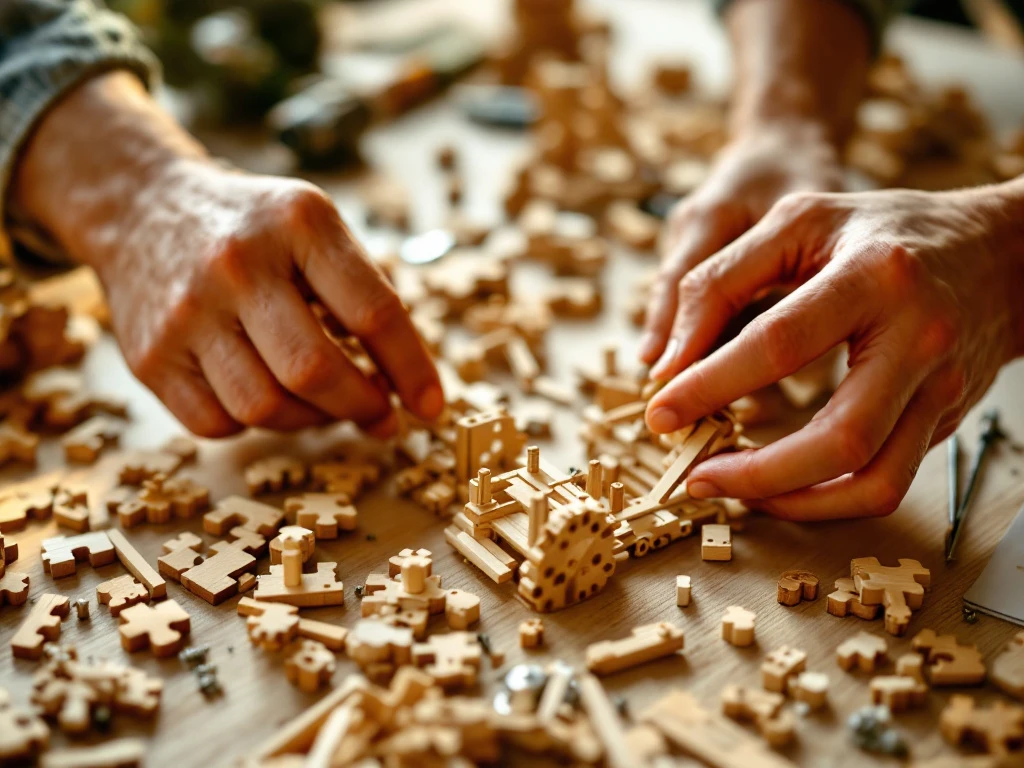
What skills do you learn from wooden building kits?
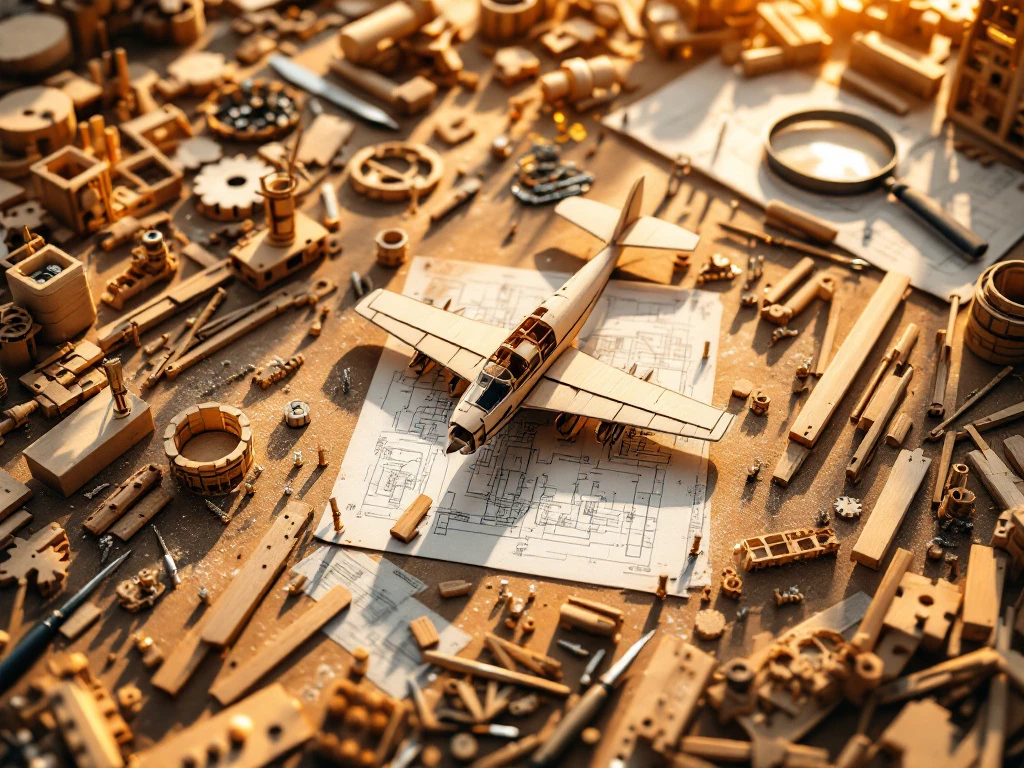
How difficult are wooden construction kits?
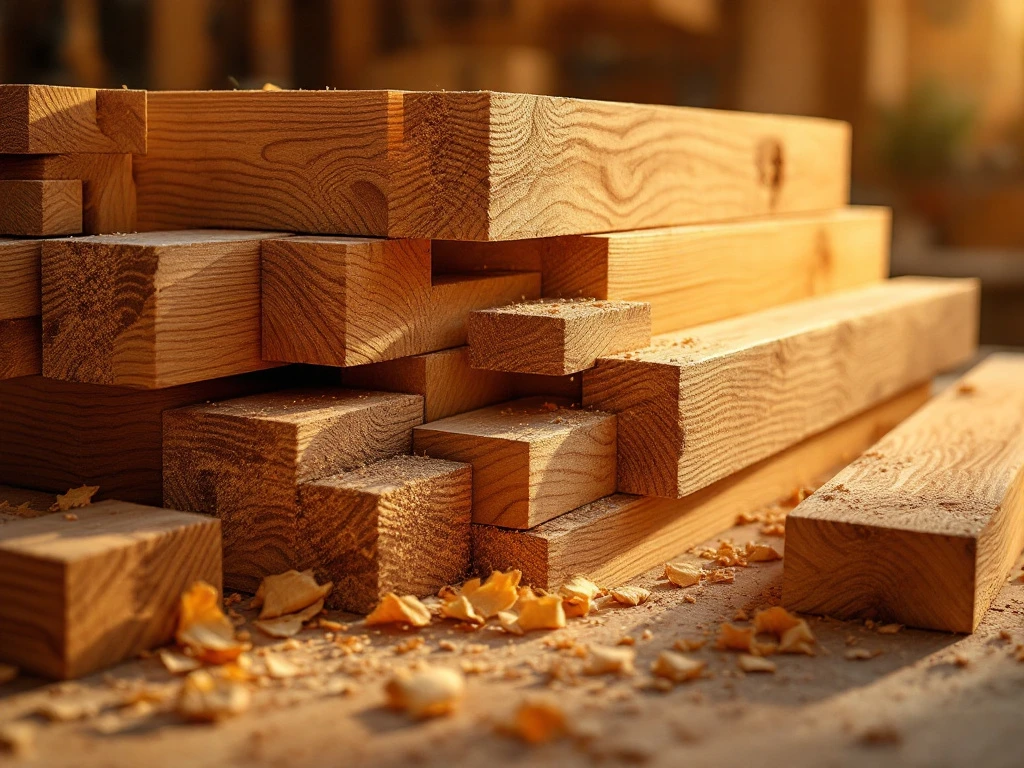
What are the benefits of building with wood?


